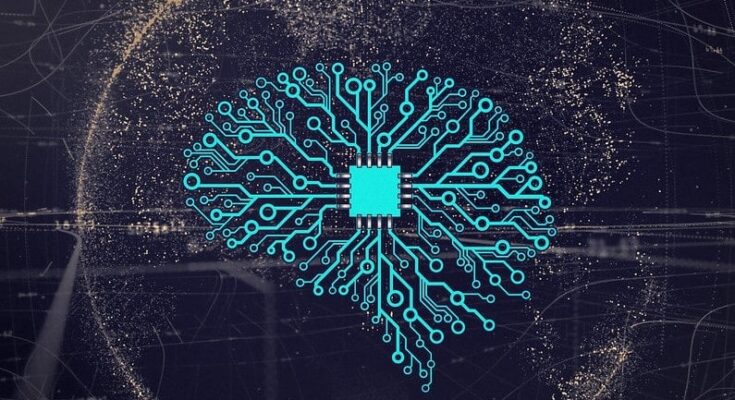After OpenAI launched ChatGPT in November 2022, our conception of what artificial intelligence (AI) can do changed completely. Since then, we’ve been using AI in basically every sector from finance and healthcare to entertainment and even tutoring. It is making—and is expected to make—our lives much easier.
But is AI a tool that can just keep giving? Actually, it has its limitations, and these are felt especially in the energy sector. With the manner in which it impacts energy sources, we might even say that AI is leading us to an energy crisis.
How AI affects the energy sector
The International Energy Agency’s (IEA) Electricity 2024 forecast, which looks at electricity supply, demand, and CO2 emissions through 2026, shows that we’re just starting to see how AI will affect the energy sector. Among other findings, it has revealed that each ChatGPT query uses 2.9 watt-hours of electricity.
That is almost 10 times the amount for a Google query, which is 0.3 watt-hours. Another study predicts that by 2030, AI data centers could be using 4.5 percent of global energy generation.
Moreover, since the release of ChatGPT, companies have been racing to integrate generative AI into their products and services. Today, nearly every online service has a personalized chatbot or virtual assistant that can handle almost any query or task.
Microsoft’s Cortana or Erica from Bank of America are such examples. But for how long can this unchecked use of AI remain sustainable?
Even with AI data centers utilizing 4.5 percent of the world’s energy by 2030, we will remain far below the “doomsday scenario” of utilizing 24 percent of the total energy generated, SemiAnalysis says.
Nonetheless, this does not mean that AI’s energy and environmental cost isn’t significant or that we should delay regulations to address it. Its ecological footprint grows by the day in many sectors.
AI’s ecological footprint
Besides its energy demands, generative AI also adds to the growing issue of freshwater scarcity. Data centers, which handle the ever-increasing workload of AI, generate an immense amount of heat and need water for cooling. As AI usage rises, so will the number of data centers and amount of water needed to keep them cool. This happens at a time when many countries in the world are already facing water shortages.
In its 2022 environmental sustainability report, Microsoft reported a 34 percent rise to its global water consumption, while in the same period, Google announced a 20 percent increase in water use. This coincides with the time when research in generative AI was really taking off.
When it comes to carbon emissions by AI use, linked to energy consumption, its environmental impact is severe. In the same sustainability report, Google had a 13 percent increase in CO2 generation compared to the previous year.
This comes at a time when the tech giant is aiming to achieve net-zero emission in its operations and supply chain by 2030, and AI might be holding it back. In fact, by 2040, the Information and Communications Technology (ICT) industry is expected to produce 14 percent of the world’s total emissions.
Can we avoid this AI energy crisis?
Scientists are continuously looking for ways to minimize the environmental damage caused by humans and to make energy production and consumption more efficient. Surprisingly, AI is very good at providing solutions to this.
To solve crises like climate change, caused by carbon emissions, we first need to fully understand them, and AI can play a crucial role in this. AI algorithms can analyze vast amounts of data to predict future trends in climate change or spot patterns that humans might miss.
This technology is being used in areas like decarbonization, where it helps track and reduce carbon emissions, and optimizing renewable energy to improve the efficiency of solar and wind power systems. In this way, the AI energy crisis can be minimized.
However, this creates a paradox. The planet’s resources are being depleted to develop a tool—AI—that is meant to help the environment in the long run. The key will be how we deploy AI today and the regulations we put in place to ensure it benefits us without causing further harm to nature.



